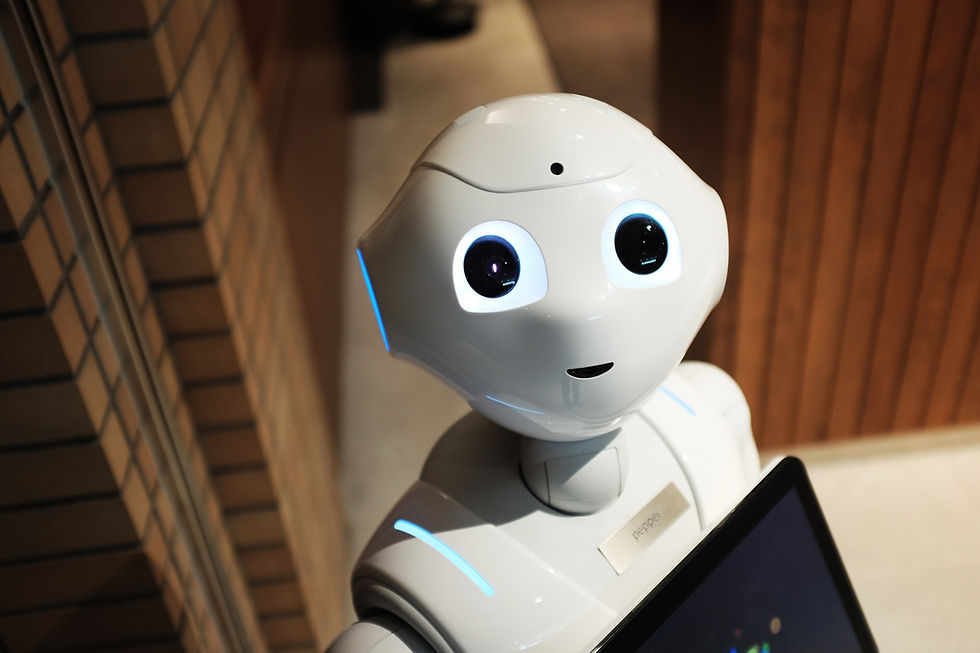It’s not just “what” but “how” it's said
- Aoun Raza
- Nov 23, 2019
- 2 min read

We as humans have taught our pets how to respond to us. We created a language for computers and then taught computers how to communicate with us in a language that we can easily understand. There are over 6500 different languages being spoken on this beautiful blue planet. Each language has its own way of communication i.e they all have a certain way of communicating a certain message. But one this that is universal in all languages is the tone of voice. We can identify if one person is rebuking another person or telling a joke by simply listening to the way they are communicating. The tone of voice in which a person speaks tells a lot about the context of the dialogue.
Communicating with computers has become easier thanks to languages created by programmers. These languages have been adopted in robotics as well. Any programmer can direct any robot to communicate any sentence in any language thanks to developments in A.I. However, one area that has been ignored mostly in human-robot interaction is communication through tone of voice. Sentences can be perceived differently just by tweaking the tone in which it is said. A sentence can become a question, a statement, starting of a joke or even starting of an argument just by a change in tone of voice.
The usage of tone of voice can be observed more prominently in social settings. When it comes to robotics, social robots like Pepper are good at communicating any message. However, communication does not involve just speaking a programmed sentence rather it has to sound anthropomorphic to be believable. Complex social settings like sales do require these “semi-verbal” cues to be effective. Therefore for a robot to be an effective communicator, tone of voice must be taken into consideration.




Comments